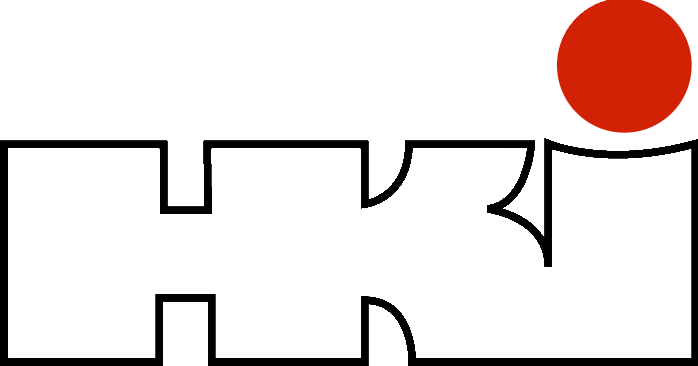This is because an electric heater is then switched on, which heats water and heating at the same time, but in turn requires a lot of electricity, which results in high costs at the end of the winter. Especially since there is not enough green electricity available for an electricity-based heat turnaround.
When temperatures are mild, things look different again. In the summer months, where almost only hot water is needed, and in the transitional phases of fall / spring, the heat pump takes over the supply completely. While, for example, in winter a water-bearing stove and/or a solar system cover part of the heat and hot water demand. In addition, the heating system is relieved, which ultimately ensures a longer life of the heat pump. When the fireplace burns, it not only provides a pleasant and cozy ambience, but a large part of the heat generated is dissipated into the heating circuit. Excess heat is temporarily stored in a buffer tank in the form of hot water and is available for retrieval even after the fire has gone out.
Of course, a hand-operated stove can also score here and provide pleasant warmth in the installation room with its blazing fire. Then the heat pump is only responsible for the hot water supply and the operator controls its demand manually. The solar system can also provide support, for example by taking over the hot water supply.
